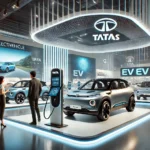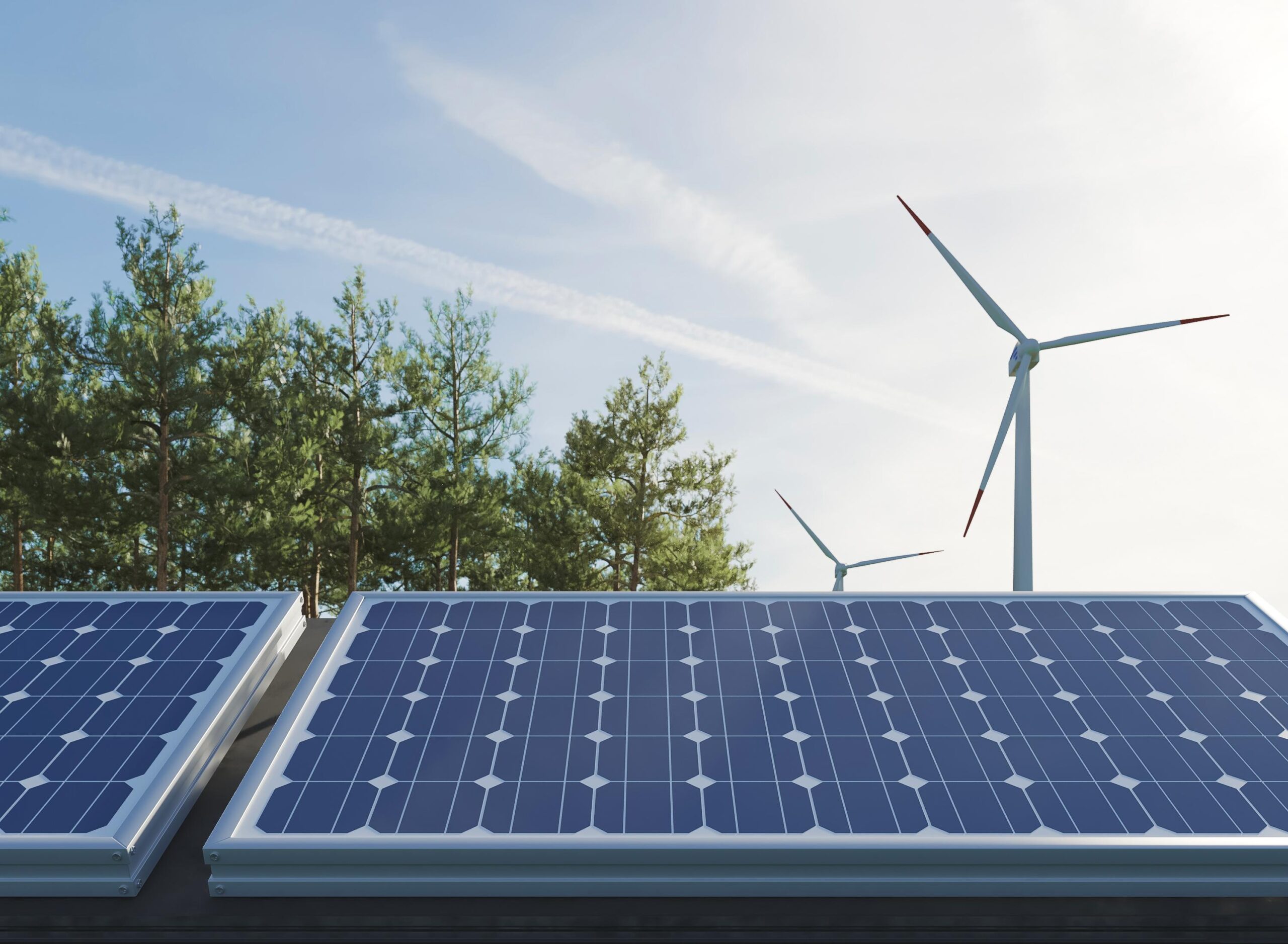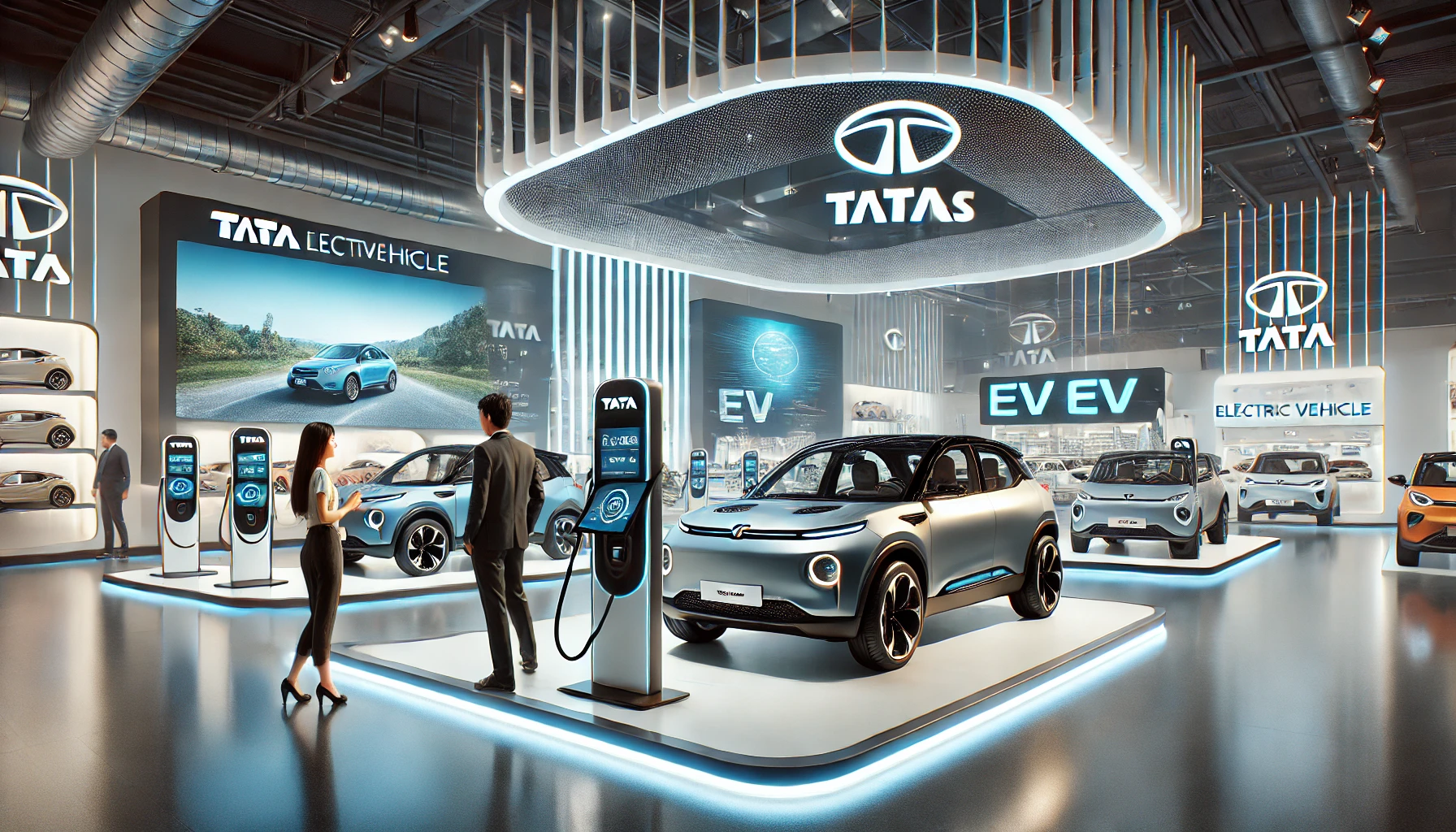Adani Green Energy Ltd, spearheaded by Managing Director Vneet Jaain, is poised to revolutionize the renewable energy landscape with a massive investment of Rs 1.5 lakh crore. The endeavor aims to elevate the capacity to an astounding 30 gigawatts (GW) at the Khavda site in Kutch, Gujarat, over the next five years.
Expanding Capacity: A Vision Unveiled
Gautam Adani, the visionary behind this monumental undertaking, envisions erecting the world’s largest renewable energy project across 538 sq km of barren terrain in Khavda, a landmass nearly equivalent to the size of Mumbai. The commencement of operations for 2GW within a year marks the initiation of a transformative journey towards achieving the targeted 30GW.
Strategic Growth Trajectory
In a strategic move, Adani Green plans to augment its capacity by approximately 4GW in the ongoing fiscal year, with projections soaring to 6GW by March 2025. The subsequent years are poised to witness a consistent addition of 5GW annually, with expansion plans extending to various regions across the country.
Diversification Efforts: Solar and Wind Power Integration
While the recently commissioned 2GW capacity at Khavda predominantly relies on solar power, the project is diversifying its energy portfolio by incorporating wind energy capacity at the same site. The installation of windmills signifies a progressive stride towards commencing power generation by the end of the current year.
Financial Roadmap: A Blueprint for Success
The realization of Adani Green’s ambitious targets hinges upon a robust financial management plan meticulously curated for the next 7-8 years. Jain affirms the existence of a comprehensive framework outlining yearly financing requisites, strategically aligning with diverse fundraising avenues including internal accruals, equity, domestic loans, and external commercial borrowings.
Empowering the Power Equipment Business
In parallel, Adani New Industries, under the stewardship of Vneet Jaain, is catalyzing advancements in green hydrogen projects, wind turbine manufacturing, solar module batteries, and allied components. The strategic imperative underscores an aspiration for wind capacity expansion to a minimum of 5GW, coupled with a holistic approach towards achieving a minimum manufacturing ecosystem of 10GW for solar components.
Manufacturing Prowess: Fueling India’s Renewable Revolution
Adani Green boasts an integrated manufacturing ecosystem, housing 1.5GW of wind turbine generators and 4GW of solar equipment manufacturing capacity at Mundra, Gujarat. Notably, a significant portion of solar manufacturing capacity is earmarked for export, while the Khavda unit primarily relies on imported equipment from China.
Strategic Autonomy vs. Collaborative Synergy
Addressing concerns over sourcing equipment from Adani New Industries, Jaain asserts the principle of operating at an “arm’s length” between the two entities. The strategic autonomy ensures flexibility in procurement decisions, enabling Adani Green to source inputs from alternative avenues for optimal cost efficiency.
Future Prospects: Charting a Trajectory of Growth
While Adani New Industries focuses on expanding its manufacturing footprint, plans for listing remain on the horizon. Jaain reaffirms the commitment towards bolstering manufacturing capabilities, accentuating a forward-looking stance towards future endeavors.











